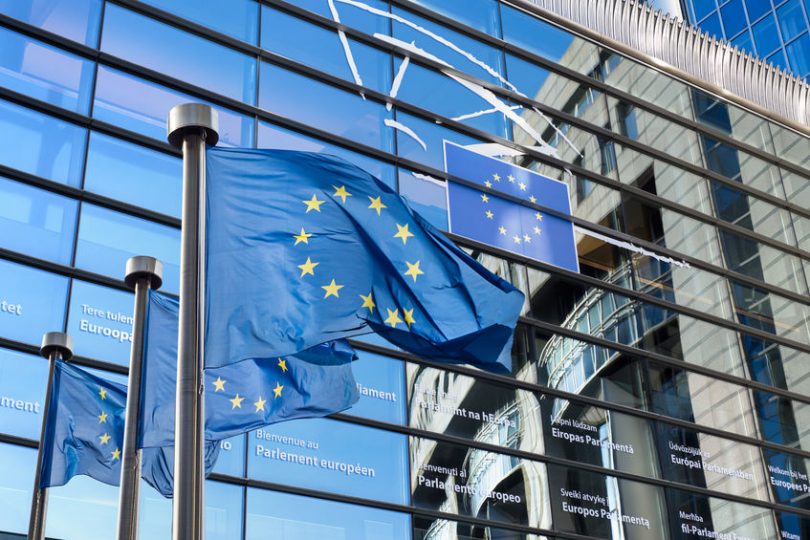Last week the EU published its crypto-asset regulations, MiCA, following an earlier leak where we explored some of the legal details as has the European Parliament and Freshfields. MiCA received a mixed review from blockchain and distributed ledger technology (DLT) industry body INATBA, whose launch the European Commission hosted last year. The International Association of Trusted Blockchain Applications (INATBA) boasts both startups and numerous high profile members such as Accenture, ConsenSys, Deutsche Boerse, IBM, R3, Ripple, and SAP.
Despite the EU aiming to encourage innovation and provide greater legal certainty, some INATBA members have expressed concerns. Its members agree with the stated goals of MiCA. However, some are worried that in its current form, it might “overburden a young and innovative industry with costly and complex compliance and legal requirements that are disproportionate to the policy objectives it pursues.”
To provide legal certainty, the EU has clarified what activities fall into existing legislation. But it also means new regulations are needed for the gaps not covered by existing laws. If it doesn’t do these two things, then the clarity won’t be there. Hence the Catch 22.
Which raises the question, what is the desired outcome of the firms that object to MiCA? Are they perhaps hoping that all the currently non-regulated areas fall into a sandbox where they can experiment?
Other concerns expressed by INATBA include whether the draft legislation is technically neutral as claimed or whether it favors permissioned blockchain. It also states a belief by some that MiCA does not allow Decentralized Finance (DeFi).
INATBA acknowledges that these are preliminary views and it’s coordinating a more detailed MiCA review and will engage with the European Commission, Parliament and member states. It states that “MiCA represents a monumental moment of change for the DLT & blockchain industry globally”.






